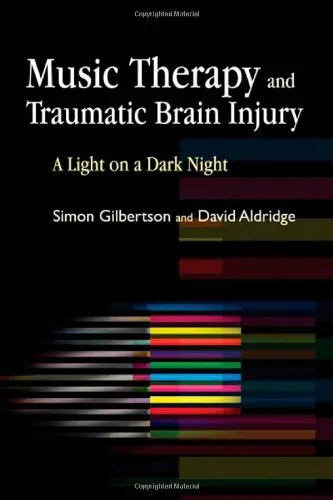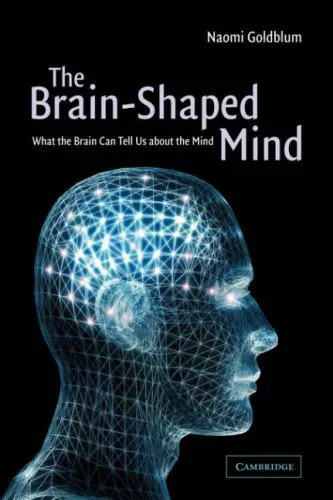Dreaming as Delirium: How the Brain Goes Out of Its Mind
4.0
Reviews from our users

You Can Ask your questions from this book's AI after Login
Each download or ask from book AI costs 2 points. To earn more free points, please visit the Points Guide Page and complete some valuable actions.Related Refrences:
Introduction to "Dreaming as Delirium: How the Brain Goes Out of Its Mind"
Welcome to an exploration of the intricate and fascinating world of dreams, a realm where the boundaries of reality blur and our minds embark on enigmatic adventures. In "Dreaming as Delirium: How the Brain Goes Out of Its Mind," J. Allan Hobson delves into the enigmatic experiences that occur during sleep, offering a profound understanding of how dreams reveal the inner workings of the brain. This book challenges the conventional wisdom and sheds light on the dream process as a crucial element of human cognition and consciousness.
Detailed Summary of the Book
J. Allan Hobson's "Dreaming as Delirium" is a groundbreaking work that challenges the traditional interpretations of dreaming. Rather than viewing dreams purely as symbolic reflections of our subconscious desires or fears, Hobson presents them as a byproduct of neurobiological processes. He proposes that dreams are akin to a state of delirium, where the brain temporarily departs from rational reality to engage in spontaneous and creative narrative construction.
Hobson discusses the neuroscience behind dreaming, detailing how the brain's chemistry and structure contribute to the vivid and often bizarre experiences of dreams. One of the key theories explored is the activation-synthesis hypothesis, which suggests dreams are the result of the brain's attempt to make sense of random neural activity during REM sleep. By demystifying dreams, Hobson provides readers with a clear understanding of how dreaming is not only vital for mental health but also a window into brain function.
Key Takeaways
- Dreaming is an essential part of cognitive functioning and plays a critical role in mental health.
- The brain's neural activity during sleep is responsible for the unique and sometimes surreal nature of dreams.
- The activation-synthesis hypothesis offers a scientific explanation for the structure and content of dreams.
- Dreams reflect a form of human creativity, illustrating the brain's inherent ability to generate narratives without external stimuli.
- Understanding dreams can provide insights into broader questions about consciousness and the mind.
Famous Quotes from the Book
“Dreams reveal the integrative genius of the brain, showing us the ways in which it can concoct a coherent, immersive reality by weaving together fragments of recent experiences, emotions, and subconscious desires.”
“To dream is to experience a thought process uninhibited by the rigid constraints of reality, allowing the mind to explore possibilities beyond waking logic and reason.”
Why This Book Matters
"Dreaming as Delirium" is a pivotal text in the field of cognitive science and neurobiology, offering a transformative perspective on an aspect of human life that is both universal and profoundly mysterious. Hobson's integration of science and introspection encourages readers to look beyond the mystical and understand dreams as a natural consequence of brain function. This book is an essential read for anyone interested in the complex interplay between the mind, sleep, and the phenomenon of consciousness. It not only enlightens but also challenges readers to rethink the significance of their nocturnal reveries in a scientific light.
Free Direct Download
You Can Download this book after Login
Accessing books through legal platforms and public libraries not only supports the rights of authors and publishers but also contributes to the sustainability of reading culture. Before downloading, please take a moment to consider these options.
Find this book on other platforms:
WorldCat helps you find books in libraries worldwide.
See ratings, reviews, and discussions on Goodreads.
Find and buy rare or used books on AbeBooks.
1378
بازدید4.0
امتیاز0
نظر98%
رضایتReviews:
4.0
Based on 0 users review
Questions & Answers
Ask questions about this book or help others by answering
No questions yet. Be the first to ask!
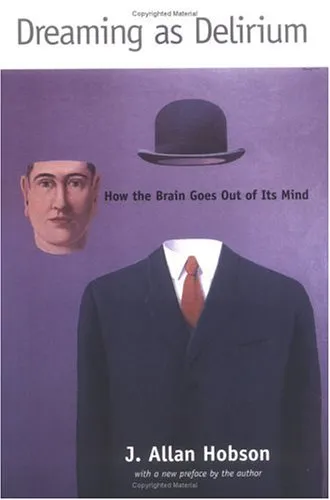
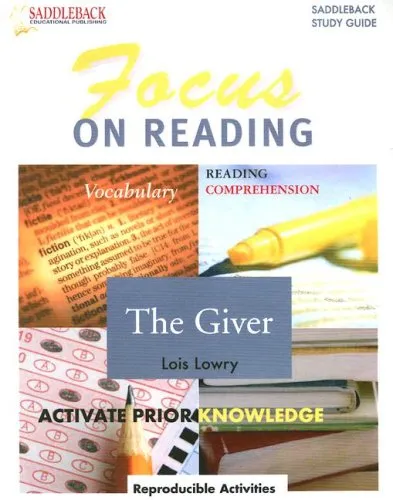

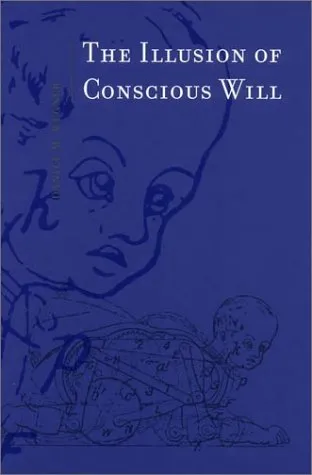
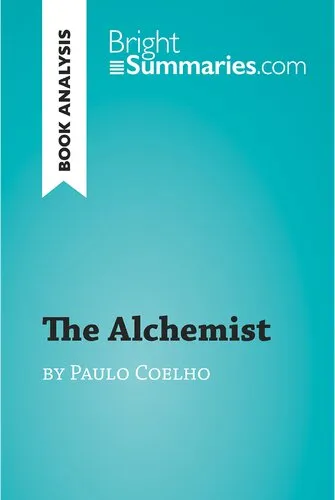
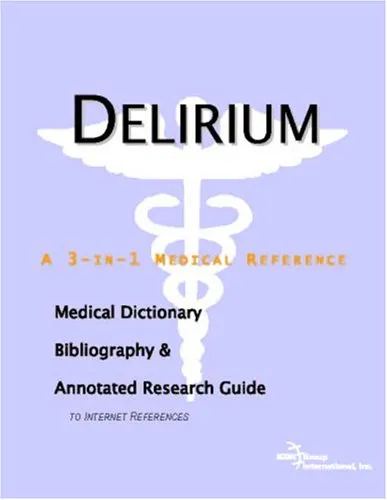

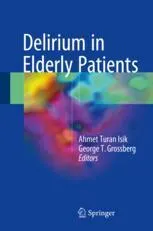
![Inner Engineering: A Yogi's Guide to Joy [Paperback] [Jan 01, 2014] SADHGURU](https://s3.refhub.ir/images/thumb/Inner_Engineering__A_Yogi_s_Guide_to_Joy__Pap_6491.webp)
